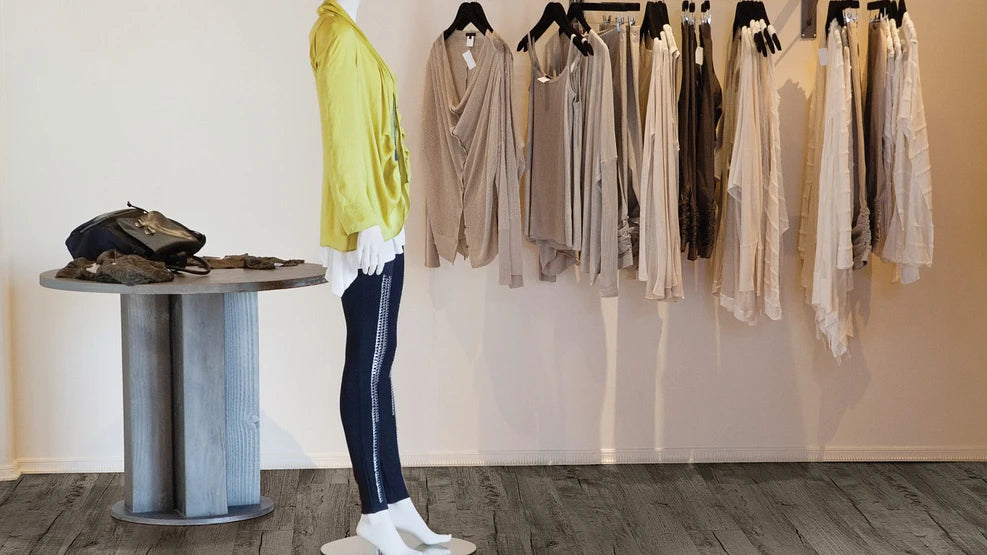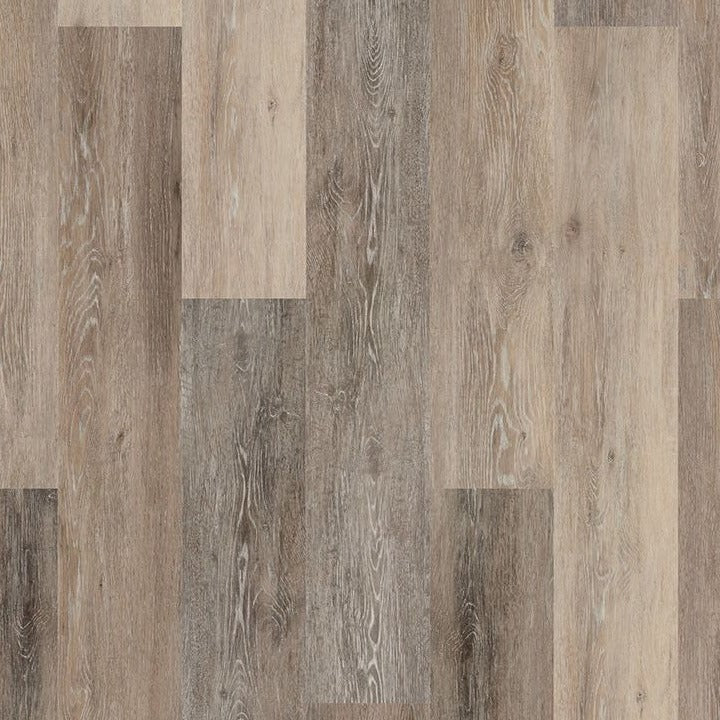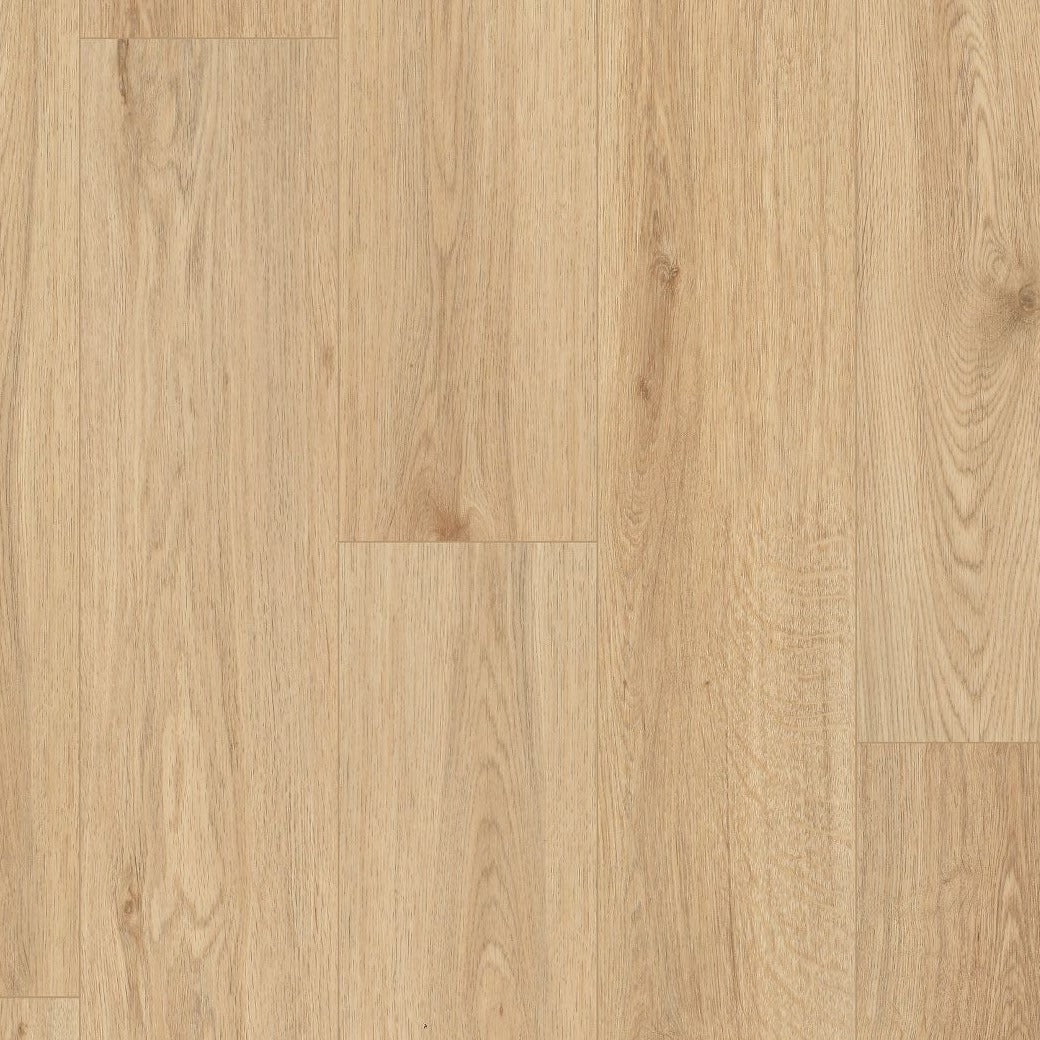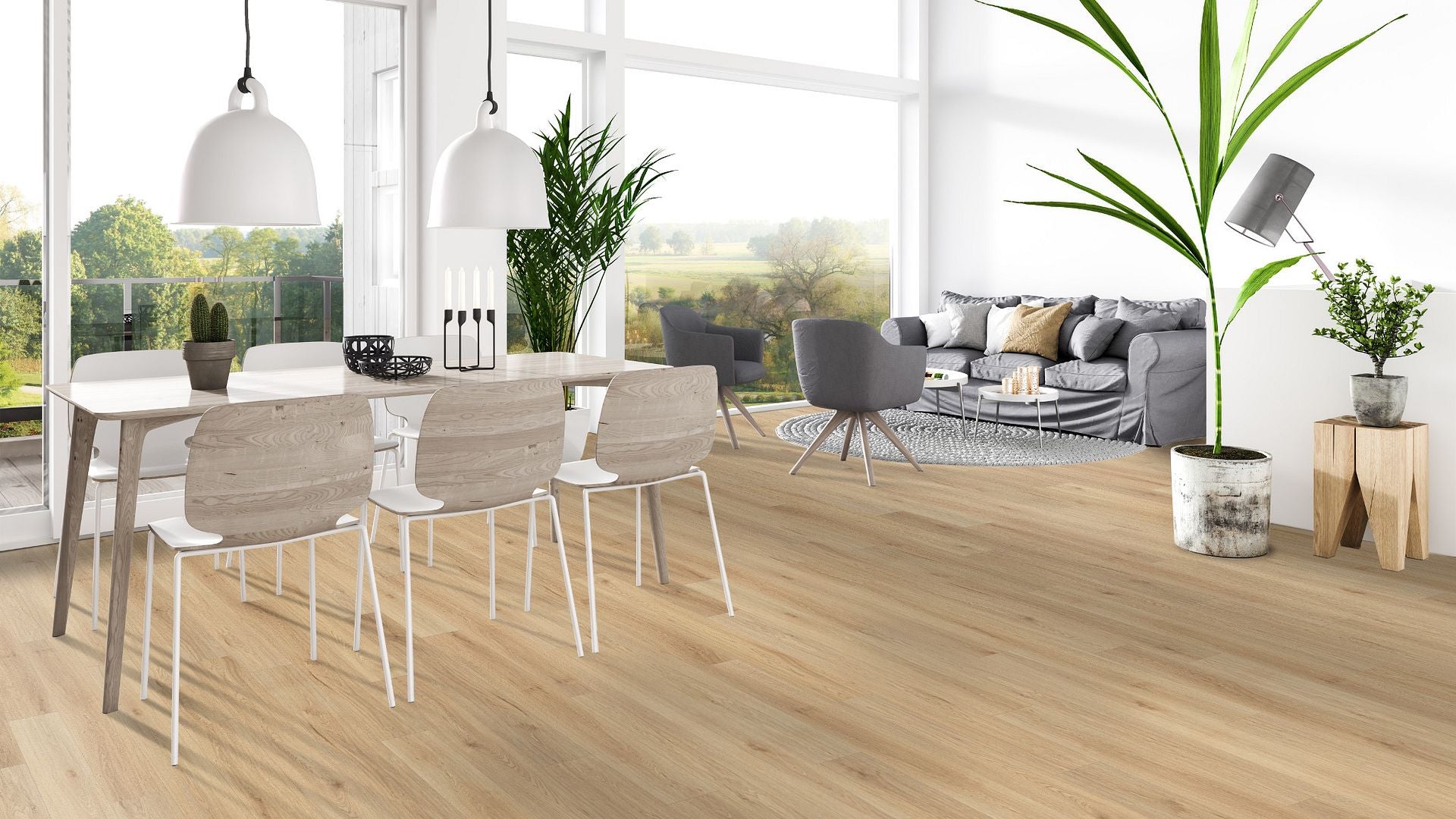New Wall Base
Does your project call for replacing, upgrading, or installing a new rubber/vinyl baseboards? The choice and installation are usually an afterthought, even though the wall base affects the look, overall performance, and total project cost. Once installed it's usually forgotten and rarely receives the attention that flooring gets. Yet it's required to stand up to kicking, scuffing, bumping, and the abuses of cleaning chemicals.
Wall bases are typically made from (pvc/plastic) rubber, vinyl or a rubber/vinyl blend composite. Let's explore the details and differences. There are many factors affecting the type of wall base you choose to install. The following information may help you to make the best choice for your situation.
Rubber Wall Base Characteristics
Price point is almost always a concern so let's get to it. A rubber wall base costs more, but it's more durable and easier to work with. Rubber is simply more malleable. Rubber is also less susceptible to expansion and shrinking during temperature changes.
Vinyl Wall Base Characteristics
Vinyl is less expensive, but also more susceptible to temperature swings. This is why you most likely won't see vinyl wall bases in a warehouse.
Vinyl-Rubber Blends
As you can imagine, rubber-vinyl blends exhibit some of the characteristics of both rubber and vinyl but the blend is much more like vinyl overall. However, make no mistake. If aesthetics, quality, and endurance are the goal, rubber is far superior to its vinyl and blended siblings.
Types of Rubber and Vinyl Wall Bases
Thermoset Vulcanized Rubber (TS) – TS is made from 100% rubber, usually synthetic, but some manufacturers add in natural rubber as well. Fillers and other additives are used to add color and other design features as appropriate. The color is continuous throughout to the base, so cuts, nicks, and scrapes do little to take away from the appearance.
TS has a satin finish that wards off scuff marks and holds up well against chemicals as well. Its 1/8 inch thickness also does a good job of masking any wall imperfections. TS also comes in the most varied size range, usually 2 1/2 to 6 inches in half-inch increments.
Thermoplastic Rubber (TPR) - TPR (also known as TP base and TV) are manufactured in pretty much the same way. Raw materials are heated and blended, poured and then molded as desired.
TPR is middle ground as wall bases go. It comes in 1/8 inch thickness like TS. Here is where the similarities end.
TPR is usually 92 to 98 % vinyl. The color is less homogeneous, tending to lighten as you go beneath the surface. It needs to acclimate for 24 hours on-site and uncoiled. TPR is known to have shrinkage issues overtime. Do not be misled by clever advertising when you are looking for a true rubber wall base.
Thermoplastic Vinyl (TV) - TV is the least costly and is almost exclusively made of PVC. It comes in two thicknesses: 0.080 and 1/8 inch. Of course, the thinner thickness does not hide wall abnormalities well. TV does not hold up well against nicks, cuts, or gouges. Like TPR it has a top lip design that makes for a good fit on the wall but is also prone to shrinking.
Both TPR and TV are more difficult to handle when installing. Cutting is problematic and corner forming can leave you with stress lines or discoloration.
Nice to Know Information:
- Sold in 120 ft rolls and boxed 4-foot sections.
- Can be purchased with or without a lip or toe at the bottom.
- Sizes range from 2 ½ to 6 inches.
- 4-foot sections are good for small projects. When installed properly, the seams usually go unnoticed.
With over 300 colors from the top manufacturers, Floor City has the wall base to accent your project. Decorative wall base is also available from brands like Millwork by Tarkett. Please visit our website or call (888) 586-4404 if you have questions. Our consultants are ready to assist you with all your wall base and flooring needs.



























